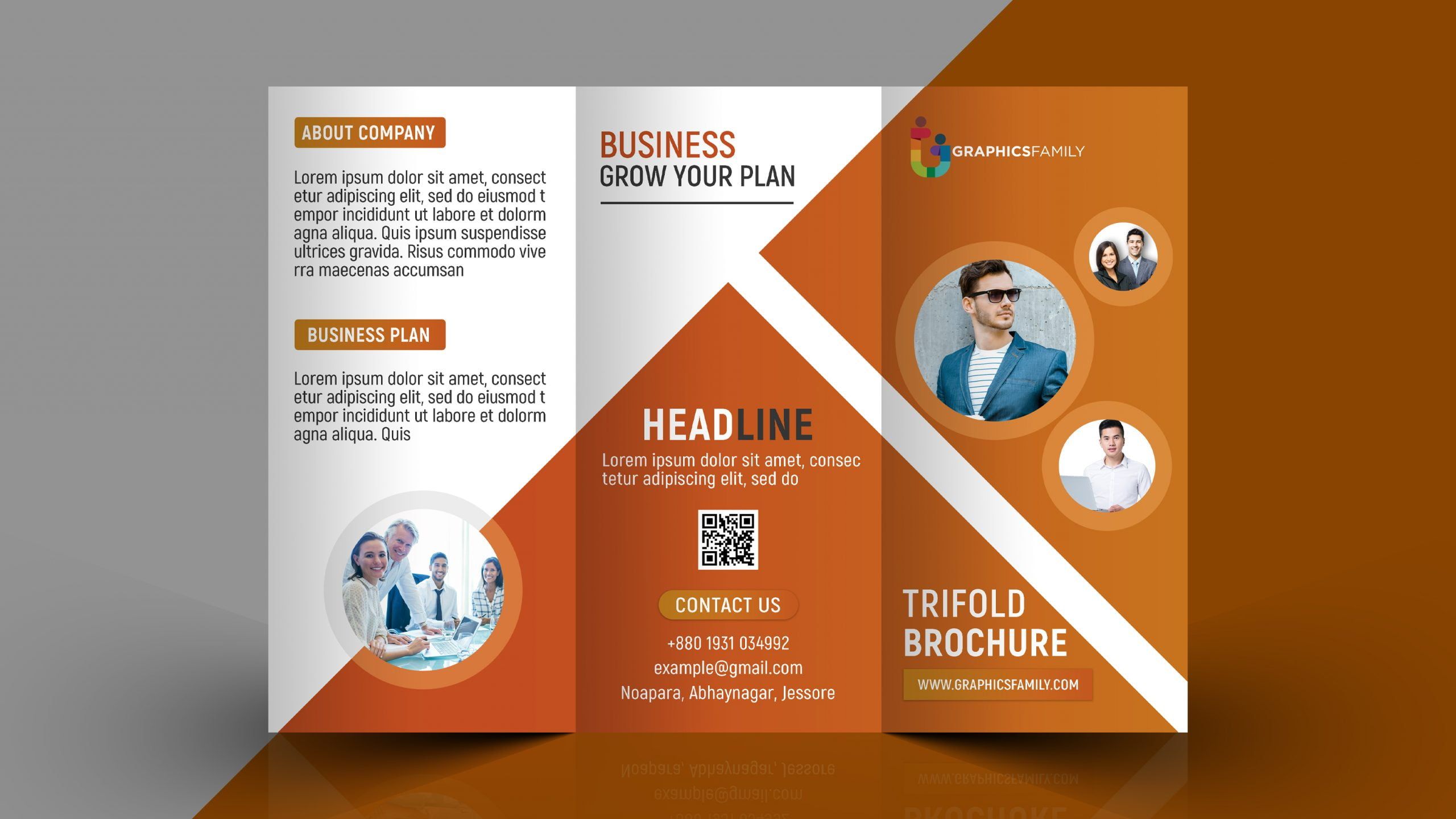Print Media Design: Brochures, Flyers, and Posters
Print media design plays an essential role in promoting businesses, events, or products. Among the most commonly used mediums are brochures, flyers, and posters. These printed materials serve as effective marketing tools that capture the attention of potential customers and convey important information. Let’s delve deeper into the world of print media design and how brochures, flyers, and posters contribute to successful marketing campaigns.
The Power of Brochures
Brochures are versatile print media materials that serve as effective marketing tools. They provide detailed information about a business, product, or service in an appealing and concise manner. Brochures come in various sizes and folds, offering different layouts to showcase information creatively. With attractive designs, engaging content, and eye-catching visuals, brochures can effectively capture the interest of potential customers.
Flyers: The Compact Advertisements
Flyers are compact promotional materials designed to capture attention swiftly. They are ideal for distributing in high-traffic areas or through direct mail campaigns. Flyers usually have a shorter lifespan compared to brochures, as they aim to communicate a message quickly. Creative designs, bold headlines, vibrant colors, and concise information make flyers highly effective in conveying a call to action and generating immediate responses.
Creating Impactful Posters
Posters are larger print media materials commonly used for advertising events, concerts, movies, or products. They are usually displayed in public areas with high visibility to attract attention. Designing impactful posters requires careful consideration of color schemes, typography, and visual elements. With a compelling design, posters have the potential to create a strong visual impact, generate curiosity, and captivate the target audience.
Design Tips and Best Practices
When creating print media designs, there are several tips and best practices to keep in mind:
1. Understand Your Target Audience
Before starting the design process, it is crucial to understand the preferences and characteristics of your target audience. This knowledge will guide your design choices, ensuring the materials resonate with the intended viewers.
2. Keep It Simple
Simplicity is key when it comes to print media design. Avoid cluttered layouts and overcrowded information. Embrace white space to create a clean and visually appealing design. Focus on key messages, compelling visuals, and essential details.
3. Use High-Quality Images
High-quality images are essential for creating visually appealing brochures, flyers, and posters. Invest in professional photography or utilize high-resolution stock images to enhance the overall design. Blurry or pixelated images can negatively impact the perception of your brand or message.
4. Consistent Branding
Maintaining consistent branding across all print media materials is crucial. Use your brand’s colors, logo, fonts, and style guidelines to reinforce your brand identity and create a cohesive visual experience for your audience.
5. Compelling Call-to-Actions
Incorporate clear and compelling call-to-actions (CTAs) in your print media designs. Encourage your target audience to take the desired action, whether it’s visiting a website, making a purchase, or attending an event. Strong CTAs increase the chances of conversions and engagement.
Conclusion
Print media design, encompassing brochures, flyers, and posters, remains a powerful marketing tool in today’s digital world. With engaging visuals, captivating content, and effective design strategies, these materials can effectively capture the attention of potential customers and drive desired actions. By keeping in mind the best practices and design tips, businesses can create impactful print media designs that contribute to successful marketing campaigns.


